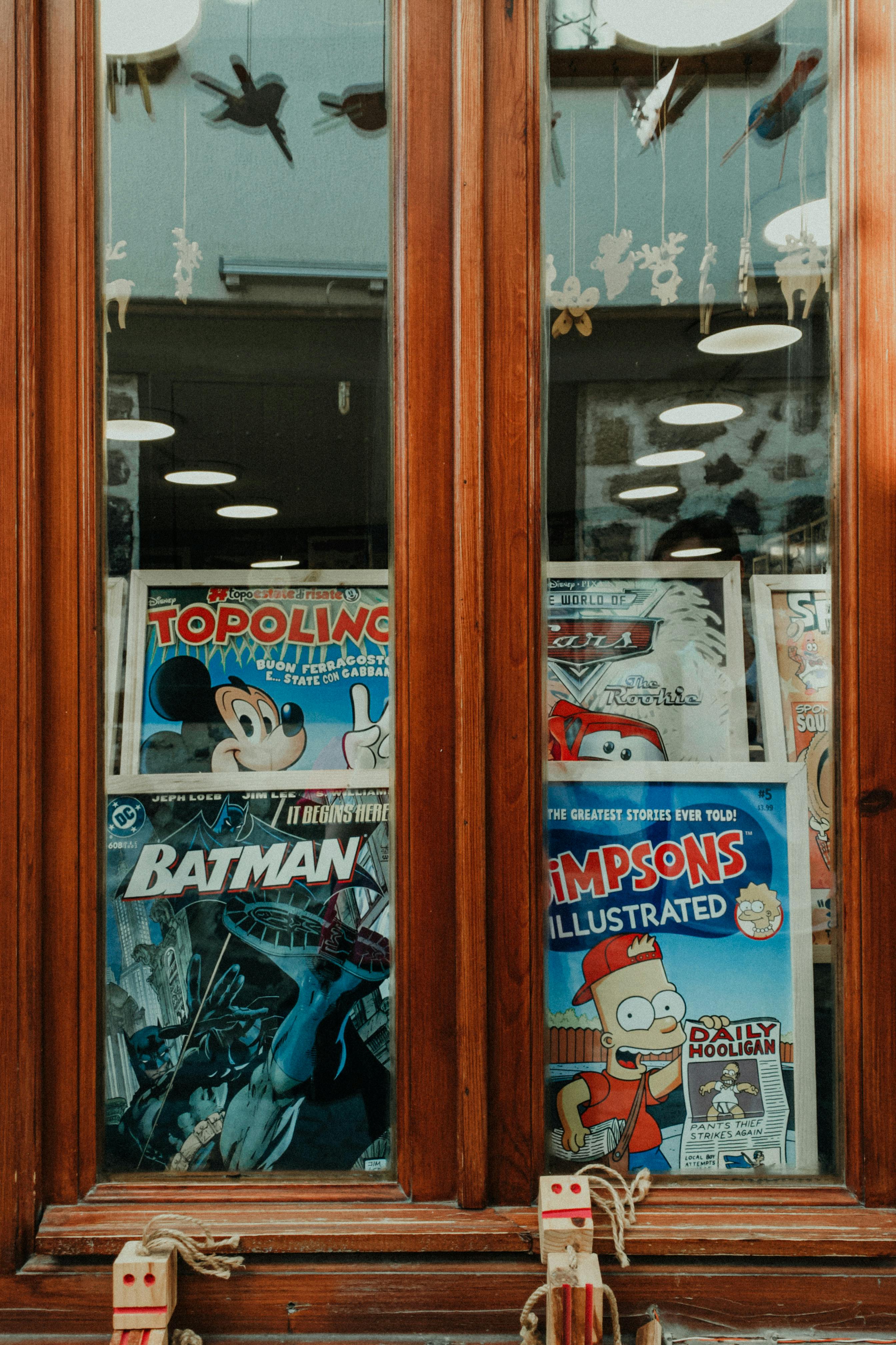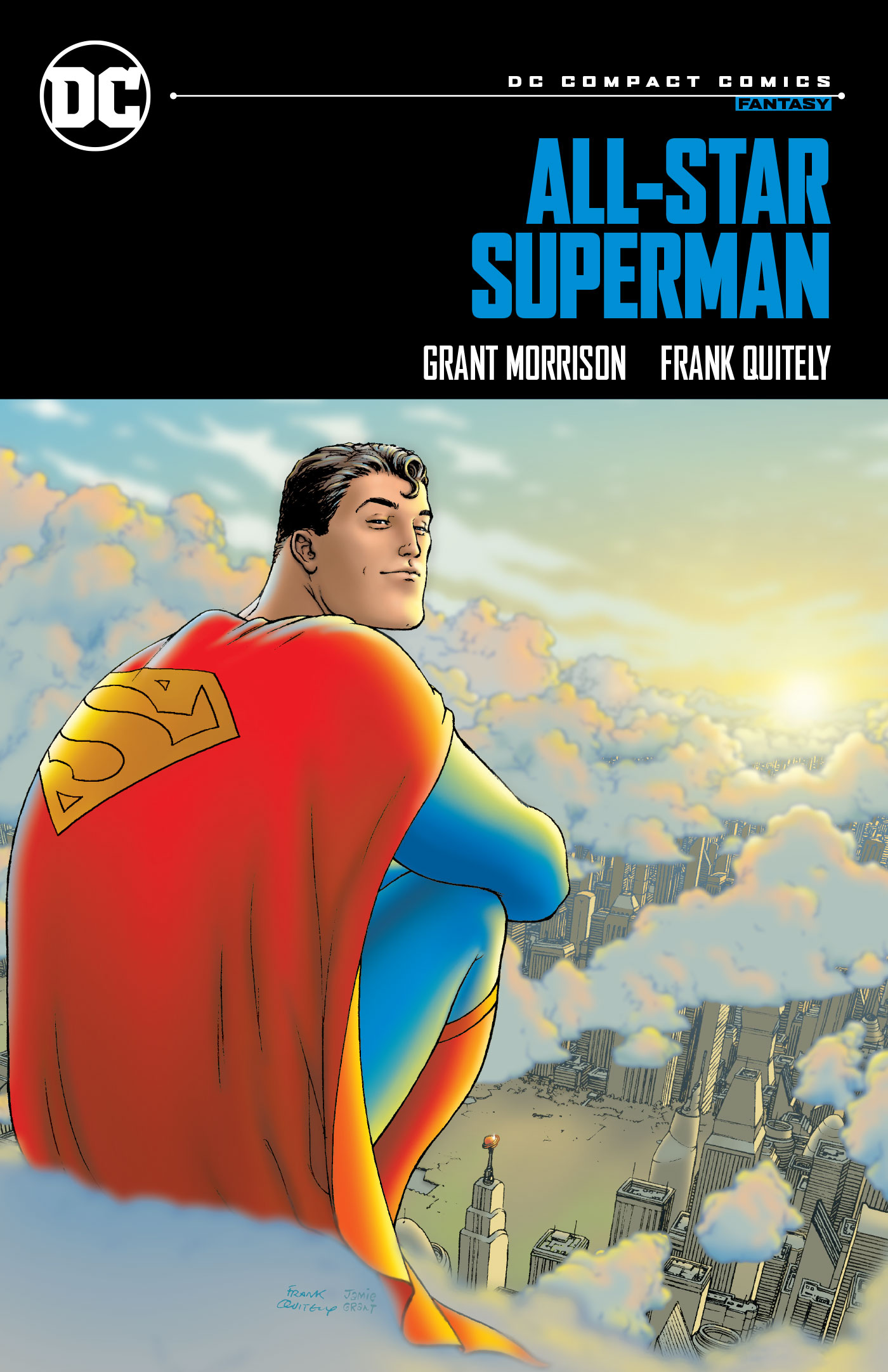Smart Guide to Understanding Umbrella Academy Comics in 2025
Overview of Umbrella Academy Comics
The Umbrella Academy comics, created by Gerard Way, represent a unique blend of superhero comics and dark fantasy elements, captivating readers since their debut. The series explores the lives of a dysfunctional family of superheroes brought together to prevent an impending apocalypse. Its quirky storytelling and surreal narrative structures make it a standout within the superhero genre. Issues filled with twists, humor, and emotional depth have earned these comics a dedicated cult following.
With innovative comic book illustrations that combine unique art styles and thematic elements, the Umbrella Academy series has paved the way for a resurgence in graphic novels. As we delve into the series, we will examine its influence, themes, character arcs, and adaptations, while providing recommendations for both new and seasoned readers.
The Genesis of Umbrella Academy
First published in 2007 by Dark Horse Comics, the Umbrella Academy began as Gerard Way's vision of exploring themes of family, identity, and redemption through the lens of a superhero narrative. The series quickly garnered attention for its offbeat characters, including the enigmatic Five, the emotionally scarred Vanya, and the time-bending Klaus. These character dynamics add depth to the story, making it not only about superpowers but also about the internal struggles faced by each character.
The series became more than just a comic book series; it marked a significant moment in the landscape of independent comics and challenged conventional storytelling techniques prevalent in mainstream superhero narratives. This convergence of independent works and fan-driven creations highlights the evolution of the publishing industry.
The Fascinating Themes Explored
The Umbrella Academy delves deep into various themes that resonate with readers. The most prominent is the complex theme of family dynamics—how relationships can be both a source of strength and conflict. The emotional struggles faced by the characters mirror real-life issues, making them relatable.
The series also tackles questions of identity, showcasing how each character grapples with their powers and abilities while navigating personal growth. Themes of acceptance, mental health, and the impact of trauma on family relationships further contribute to its richness. The dark humor infused throughout also reflects on contemporary issues, allowing for both reflective and entertaining reading experiences.
Character Analysis in the Umbrella Academy
Key Characters and Their Motivations
Understanding the Umbrella Academy characters requires a look at their backstories and motivations. Each member possesses unique powers, which serve as metaphors for their personal struggles. For instance, Vanya, who initially appears to lack powers, embodies the challenges of identity and insecurities, representing the struggle for acceptance in a family of exceptional beings. In contrast, Klaus's ability to communicate with the dead underscores themes of loss and grief.
Moreover, the character arcs are not simply about powers; they reflect genuine human experiences—betrayal, love, and the quest for self-understanding. This complex portrayal makes readers invest emotionally, further enriching the narrative.
Diverse Representation in Characters
The Umbrella Academy not only excels in storytelling but also in presenting a diverse range of characters. With a variety of backgrounds, the storyline incorporates LGBTQ+ representation, showcasing characters like Klaus in relationships that challenge societal norms. This inclusion not only reflects the realities of modern family structures but also connects deeply with a broader audience.
The illustration techniques employed by numerous artists in the series further enhance the visual representation of diversity, allowing different cultures and identities to be portrayed meaningfully within the fantastical layers of the narrative.
Character Dynamics at Play
The interactions between characters in the Umbrella Academy further highlight the themes of belonging and familial obligations. The contrasting personalities and powers lead to multifaceted relationships that drive the plot forward. Viewers witness the siblings navigating tension, love, and rivalry, bringing these hyperbolic scenarios into relatable moments of frozen familial conflicts, jealousy, and collaboration.
In this arena, the concept of a dysfunctional family takes center stage. The ongoing conflict often serves as a catalyst for individual character growth while propelling the overarching narrative, creating not just superhero moments but true character-driven stories.
Art and Style in Umbrella Academy Comics
Visual Storytelling Techniques
The Umbrella Academy is renowned for its iconic visual storytelling techniques which complement the quirky narratives. The artistic style varies from surrealistic illustrations to bright colors that depict the fantastical elements of the story. This unique art style maintains readers’ engagement throughout the plots filled with action sequences and fantastical scenarios, making the experience dynamic.
Art techniques employed by collaborators also reflect the emotional weight of scenes, ensuring that visual elements resonate with the thematic concerns presented in the text. Moreover, the illustrations help to establish the tone of the series—dark yet whimsical, striking a balance that effectively captivates its audience.
Influence of Gerard Way's Vision
As the creator, Gerard Way plays an integral role in shaping the series' visual and thematic framework. His background in music and the arts heavily influences the narratives, adding depth and resonance to character interactions and plot developments. His unique perspective on storytelling reflects the cultural significance of modern comics and how they can alter traditional perceptions of the genre.
Way's vision pushes beyond conventional superhero tropes, embracing darker themes, quirky humor, and complex characters that defy traditional comic book classifications. It has opened avenues for conversations on identity and emotional connection within superhero lore.
Comic Book Adaptations and Future Directions
The adaptation of the Umbrella Academy into a successful Netflix series has not only broadened its audience but also sparked discussions on the value of adaptations in the comic book industry. Fans have appreciated the thoughtfulness with which the series translates the original comic narratives into a more global context, showcasing the complexities of the story while staying true to its origins.
Moreover, adaptations drive interest back into the comic book world, with new readers exploring the source material. Discussions at comic conventions and among fan communities often circle back to original stories, contributing to the continued relevance and exploration of comic book lore.
Fan Engagement and the Umbrella Academy Universe
Communities Built Around the Series
The passionate fanbase surrounding the Umbrella Academy fosters a lively community that thrives through interactions such as fan art, cosplay, and extensive discussions on platforms dedicated to comic book fandom. These engaging activities contribute significantly to the culture of comics and the ongoing popularity of graphic novels.
In the age of social media, fans utilize platforms to share interpretations, theories, and artistic renditions of their favorite characters, enhancing the narrative's reach. This engagement builds a collective experience that strengthens connections among fans and promotes diversity in discussions around the acclaimed series.
The Rise of Fan Theories
Fan theories play an integral role in enhancing the Umbrella Academy's mythos. Fans regularly analyze plot intricacies and character backstories, leading to discussions on alternative universes and outcomes. The existence of multiple timelines within the narrative opens up even more avenues for speculation, enriching the overall comic book experience.
This interaction often influences readers' perceptions of character developments and thematic interpretations, creating a dialogic relationship between creators and fans, evolving the story even further.
Publishing Future: What Lies Ahead
As we look to the future of the Umbrella Academy, discussions on upcoming releases and the evolution of characters are at the forefront. The enthusiasm surrounding the series indicates a strong potential for continued storytelling, both in comics and through adaptations. Moreover, the ongoing trend towards independent comics hints at the rich variety of narratives still to be explored and celebrated within the comic book industry.
Upcoming editions and graphic novel recommendations will undoubtedly expand upon the existing lore while providing opportunities for new explorations of beloved themes. Thus, the creative journey initiated by Gerard Way promises to continue evolving, with its unique blend of humor, complexity, and action-packed storytelling.
Q&A Section on Umbrella Academy
What themes are central to the Umbrella Academy?
The central themes of the Umbrella Academy focus on family dynamics, identity, redemption, and the effects of trauma. The characters navigate growing pains in their relationships, often reflecting broader societal issues through a fantastical lens.
How does fan engagement enhance the comic experience?
Fan engagement enriches the comic experience through shared interpretations, creative expressions, and community discussions. Platforms for fan art, theories, and cosplay help maintain a vibrant and evolving conversation around the story, improving its cultural impact.
What makes the Umbrella Academy stand out in the comic book genre?
What sets the Umbrella Academy apart is its unique blend of dark humor, complex characters, and surreal storytelling, all visualized through a distinctive art style. This approach allows it to break away from standard superhero narratives, resonating with a diverse audience.
Can I start reading with the graphic novels without prior knowledge?
Absolutely! The Umbrella Academy graphic novels are accessible to new readers. While they build on certain themes and character arcs through the stories, each volume presents a self-contained experience that can be enjoyed independently.
What can potential readers expect from the graphics and illustrations?
Readers can expect a visually stunning experience with eclectic illustrations that complement the whimsical and dark themes of the stories. The unique art style enhances character emotions and story tension, making it an engaging read for enthusiasts of graphic novels.

 Its part of generated content. Can i generate another part?
Its part of generated content. Can i generate another part? 